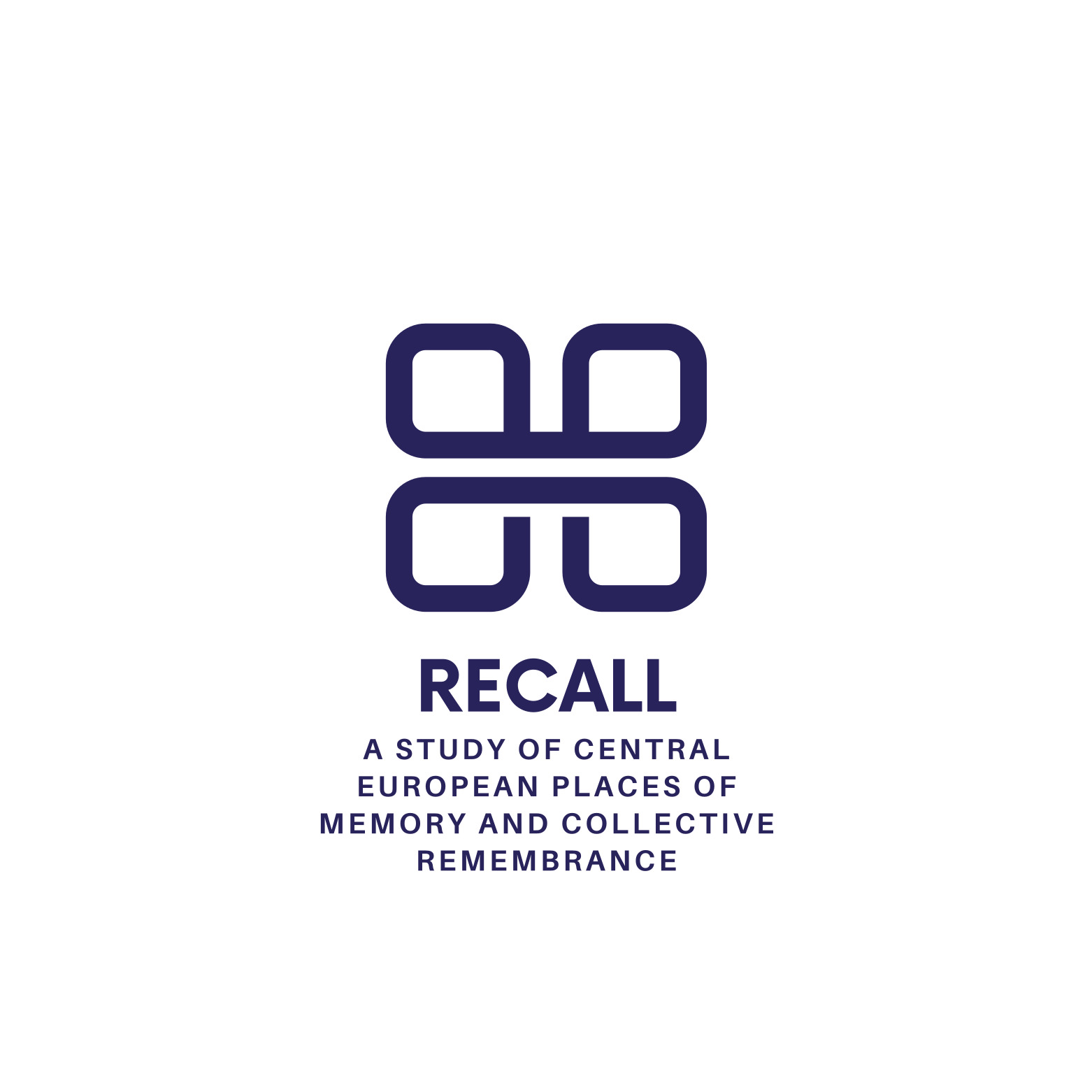🌍 Welcome to the Central European Memory Map! 📜
Step into the heart of Central Europe’s shared history with our brand-new map, now open for everyone to explore! This unique collection highlights the stories, places, and figures that have shaped our region over centuries.
📊 What You’ll Discover
📊 338 detailed map points spanning Hungary, the Czech Republic, and Poland, each offering a unique glimpse into the past.
📊 15 topics, including legends, national milestones, and cultural transformations in 4 thematic categories.
📊 100+ historical narratives, weaving together myths, facts, and key events that define Central European identity.
📊 Stunning visuals: Over 300 curated images to enrich your journey through history.
✨ Why Visit?
This catalogue isn’t just a resource—it’s a living connection to our past. Designed for historians, students, and anyone curious about the roots of Central European culture, it invites you to explore the narratives that bind our nations together.
🔗 Start Your Journey:
Click here to dive into the stories and map points that bring Central European history to life!
📜Data structure of the project
The ReCall Project Catalogue and Maps offers a well-structured knowledge base designed to provide visitors with easy access to historical and cultural information. The content is presented in a clear hierarchy, organized into three levels.
The first level consists of four thematic categories: Myths and Legends, Political History, Social History, and Cultural History. These categories encompass broad historical and cultural themes, enabling a deeper understanding of each topic.
The second level contains fifteen specific topics associated with these categories. These topics are as follows: The Story of the Beginning, The Patrons and Guardians of the Land, The Myth of National Disaster, Creation of the Modern States (1918–1920), The Emancipation of Women, The Emancipation of Minorities, The Holocaust, Dreaming about Democracy, Back to Europe Together, Religious Tolerance and Intolerance, Transfer of the Culture, Pandemics, Legacy of the Jagiellonians and Habsburg Dynasties, Culture Against Communism, and Revolutions of 1848.
The third level focuses on historical facts, which are grouped around key historical figures. This structure allows historical events and phenomena to be presented in relation to the people who shaped them, providing a broader historical context and fostering a deeper understanding of the material.
Here you will find a combined searchable version of the thematic online maps.

